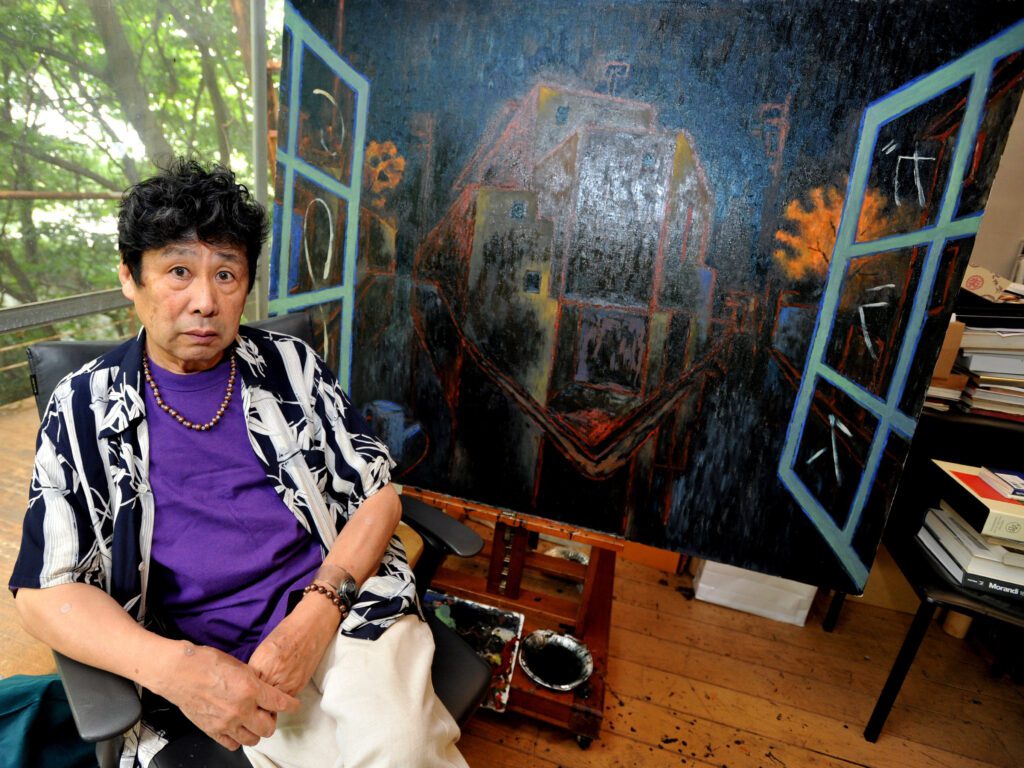With the evolution of video games as a form of art, game development has become more complex than ever. The game world is a critical part of game development, bringing the game to life, making it immersive, and helping players connect with it. Landscape and environment art design is a crucial aspect of game world designing as it is the foundation of the game’s backdrop, including the flora, fauna, terrain, weather, lighting, and culture. Landscape and environment art also creates an atmosphere, mood, and emotion that players feel when interacting with the game world. Designing the perfect game world requires an eye for detail, a good sense of aesthetics, and technical skills.
# Introduction
Video games have come a long way from their humble beginnings. Today, games are not just a medium for entertainment but also a form of art. As a result, game development has become more complex than ever. One of the most crucial parts of game development is the game world. The game world brings the game to life, makes it immersive, and helps the player connect with the game. Designing the perfect game world requires an eye for detail, a good sense of aesthetics, and technical skills. Landscape and environment art is a critical part of game world designing. In this article, we will take a deep dive into landscape and environment art and talk about how to design the perfect game world.
# Understanding Landscape and Environment Art
Landscape and environment art refers to the creation of the world around the player. It includes everything from the trees, rocks, and grass to the buildings, roads, and weather conditions. The game world is often referred to as the game’s ‘backdrop,’ and landscape and environment art is the foundation of that backdrop. Landscape and Environment art is not just limited to creating realistic visuals. It also includes creating atmosphere, mood, and emotion that the player feels when interacting with the game world.
# Creating a Concept
The first phase of landscape and environment art is creating a concept. The game concept should be clear at this stage. The environment and landscape should reflect the gameplay and visual style of the game. The concept should include a detailed plan of the game world, including terrain, climate, vegetation, and culture. The game concept will be the backbone of landscape and environment art, and hence it should be well thought out and planned.
# Terrain Design
The terrain is the foundation on which the game world is built. Terrain design should look natural and be visually pleasing. The designer should focus on creating a unique world that has an impact on the player. The terrain should reflect the cultural and environmental characteristics of the game. The transition between different terrains should be gradual and gradual, creating a visually pleasing experience.
# Vegetation Design
Vegetation Design involves creating the environment’s flora and fauna, including trees, shrubs, grass, and flowers. The designer should focus on creating a natural and realistic environment. The vegetation should have details such as leaves, twigs, and flowers that sway in the wind. The foliage should be rich in color and contrast. The vegetation’s placement is also important, as it can be used to guide the player’s movement in the game world.
# Weather System Design
The weather system design involves creating the weather and climate conditions for the game world. The designer should focus on creating a natural and believable weather system that affects the gameplay. For example, rain should make the terrain muddy and wet, while snow should slow down the player’s movements. The weather should change dynamically, creating a realistic and immersive experience.
# Lighting Design
Lighting design involves setting the ambient lighting for the game world. The designer should focus on creating realistic and atmospheric lighting, be it day or night. Lighting should have realistic shadows and reflections that help in creating an immersive experience. The designer should also include different lighting effects that enhance the game’s mood and atmosphere, such as fog or dust particles.
# Culture Design
Culture design involves creating the game world’s culture, including architecture, clothing, and language. The designer should focus on creating a unique and visually interesting culture. The culture should reflect the game’s story and gameplay, creating a strong connection between the player and the game world. The designer should also focus on creating landmarks and iconic structures that help the player to navigate the game world.
# Conclusion
Designing the perfect game world is a complex and challenging process that requires a great deal of skill and knowledge. Landscape and environment art are essential parts of game world designing that help create an immersive and emotionally engaging experience. Every detail, from terrain to culture, should be well thought out and planned to create the ideal game world. In conclusion, landscape and environment art are crucial elements that can make or break a game, and therefore, game developers should place special emphasis on designing them perfectly.
